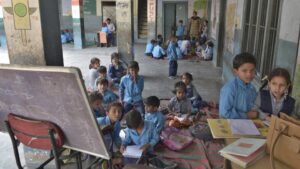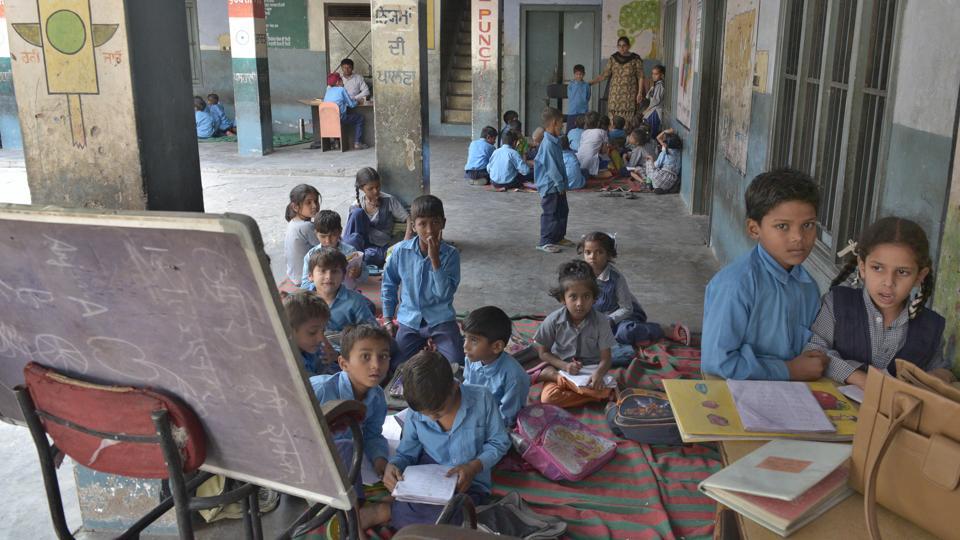Introduction
Education is the cornerstone of a nation’s development, shaping the future of individuals and communities alike. Government schools are meant to be a beacon of hope, ensuring that even the most underprivileged children receive a quality education. However, despite their fundamental role in society, these institutions face a multitude of challenges that hinder their effectiveness. From inadequate infrastructure to outdated teaching methods, government schools struggle to provide students with the learning environment they deserve. The result is an education system that fails to equip students with the necessary skills and knowledge for their future. Understanding these problems is the first step toward finding sustainable solutions that can transform government schools into centers of excellence.
The Problem of Poor Infrastructure
plagues thousands of institutions. Many government schools operate in buildings that are One of the most glaring issues in the government school system is the poor infrastructure that decades old, with crumbling walls, broken furniture, and leaking roofs. In some rural areas, schools function without proper classrooms, forcing students to study under trees or in makeshift shelters. The lack of adequate lighting, ventilation, and electricity further adds to the discomfort of students, making it difficult for them to focus on their lessons.

Teacher Shortage and Quality of Education
A strong education system is built on the foundation of qualified and dedicated teachers. However, government schools suffer from a severe shortage of trained educators. In many institutions, a single teacher is responsible for managing multiple classes at the same time, making it impossible to provide individual attention to students. This overwhelming burden reduces the effectiveness of teaching and results in lower academic performance among students.
In addition to the shortage of teachers, the quality of education in government schools is compromised by the lack of proper training. Many teachers are either unqualified or have received inadequate training, leaving them ill-equipped to handle modern teaching methodologies. The use of outdated teaching methods, such as rote learning, further discourages students from actively engaging in lessons. Unlike private schools, which emphasize interactive and technology-driven education, government schools continue to rely on traditional textbook-based teaching, making the learning experience monotonous. Moreover, the lack of motivation among government school teachers, due to low salaries and job insecurity, results in absenteeism and a general disinterest in improving student outcomes.
Outdated Curriculum and Lack of Innovation
The education system in government schools is often rigid and outdated, failing to keep up with the rapidly changing world. The curriculum followed in these schools does not always reflect modern advancements in science, technology, and global affairs. Many textbooks have not been revised for years, leaving students with information that is no longer relevant in today’s world. Additionally, the syllabus does not emphasize practical skills or creativity, leading to a system where students are expected to memorize facts rather than understand conceps. 
Another drawback of the government school curriculum is its lack of flexibility. Students are rarely given the opportunity to explore subjects beyond the traditional academic framework. While private institutions incorporate skill-based learning, career counseling, and extracurricular activities, government schools largely focus on textbook-based education. As a result, students are not exposed to critical thinking, problem-solving, and creative expression, which are essential skills in today’s competitive world. The lack of career-oriented education further leaves students unprepared for higher studies or employment opportunities, widening the gap between academic learning and real-world application.
Political Interference and Bureaucratic Hurdles
The government school system is often hindered by excessive political interference and bureaucratic inefficiencies. Many policy decisions regarding education are influenced by political agendas rather than the genuine needs of students and teachers. For instance, teacher appointments in government schools are sometimes influenced by political connections rather than merit, resulting in unqualified individuals being placed in crucial teaching positions. This severely affects the quality of education and diminishes accountability in the system.
Corruption is another major issue that plagues government schools. Funds that are allocated for infrastructure development, teacher training, and student welfare programs are often misused or diverted for other purposes. In some cases, schools do not receive the necessary resources despite government schemes promising financial assistance. Bureaucratic red tape also slows down the implementation of essential educational reforms. Policies that could improve the quality of education often get stuck in lengthy approval processes, delaying their execution for years. As a result, even when solutions are proposed, their impact is rarely felt at the ground level.

Lack of Parental and Community Involvement
The role of parents and the community in a child’s education cannot be underestimated, yet in many government schools, parental involvement is minimal. A significant number of students come from families where parents themselves are uneducated, making it difficult for them to actively support their child’s academic progress. Unlike private schools, where regular parent-teacher meetings are held, government schools rarely engage with parents to discuss student performance or address concerns. This disconnect between home and school results in a lack of motivation among students, who do not receive the necessary encouragement to excel in their studies.
Community participation in the development of government schools is also limited. Local communities have the potential to play an active role in improving school infrastructure, raising funds, and creating awareness about the importance of education. However, the absence of structured initiatives to involve communities leaves government schools isolated from valuable support systems that could enhance their functioning
Conclusion

The challenges faced by government schools are vast and deeply rooted in systemic inefficiencies. The lack of proper infrastructure, teacher shortages, outdated curricula, high dropout rates, political interference, and socioeconomic barriers all contribute to the declining quality of education in these institutions
However, these issues are not insurmountable. By investing in better school facilities, recruiting and training qualified teachers, updating curricula to meet modern standards, and fostering community involvement, the government can significantly improve the quality of education provided in these schools. Education is a fundamental right, and it is essential to ensure that every child, regardless of their background, receives an opportunity to learn and grow in an environment that nurtures their potential. Only through collective effort and reform can the government school system be transformed into an institution that truly serves the needs of future generations.